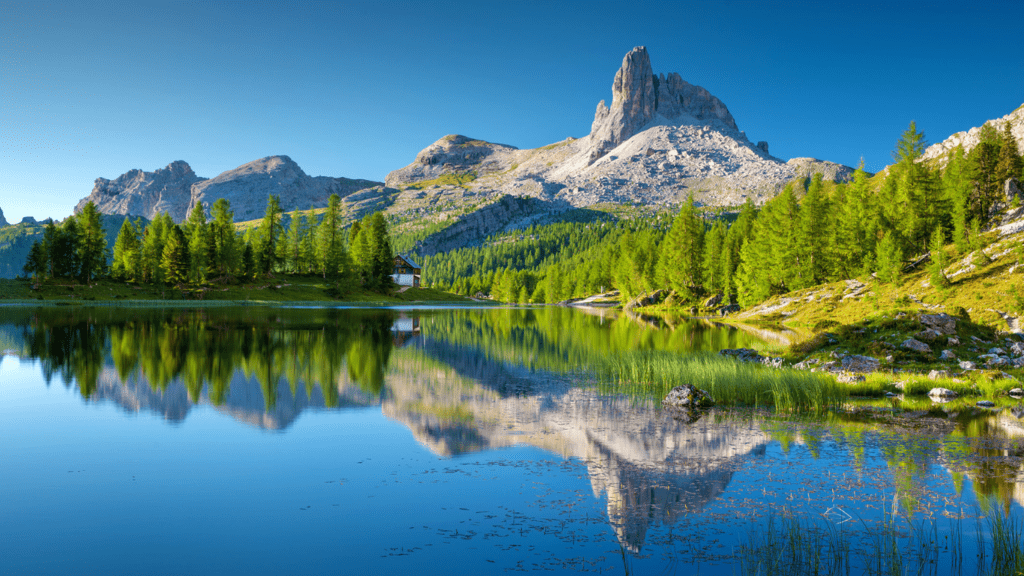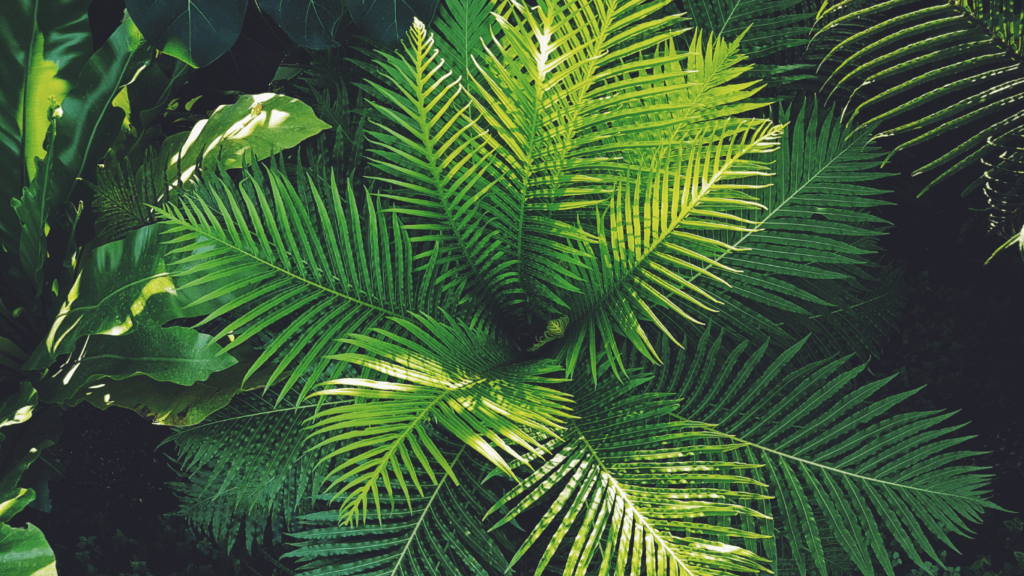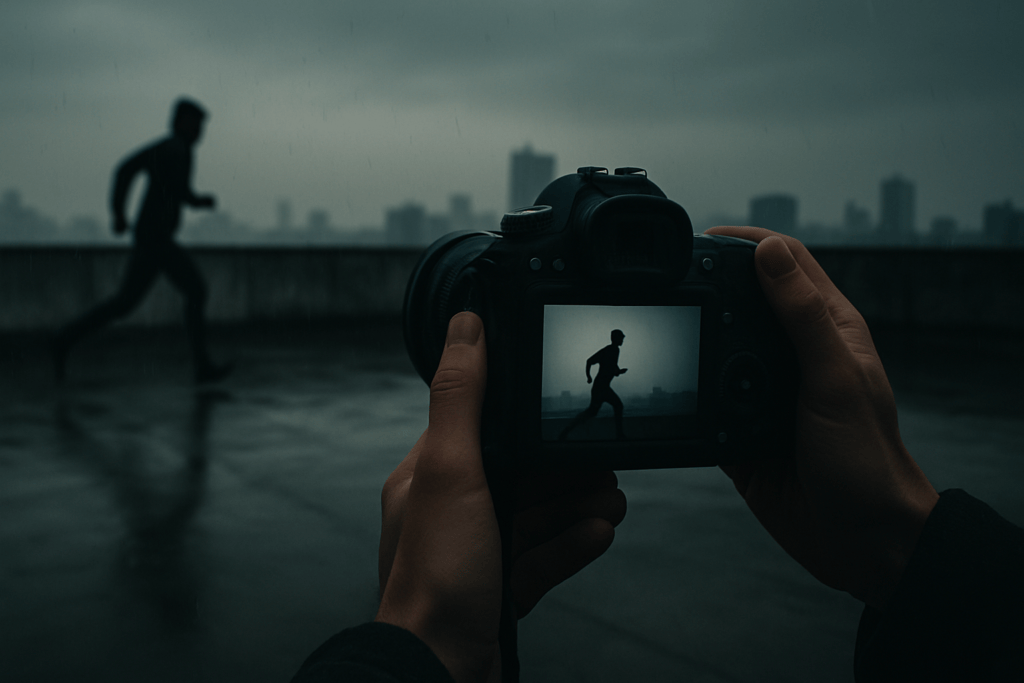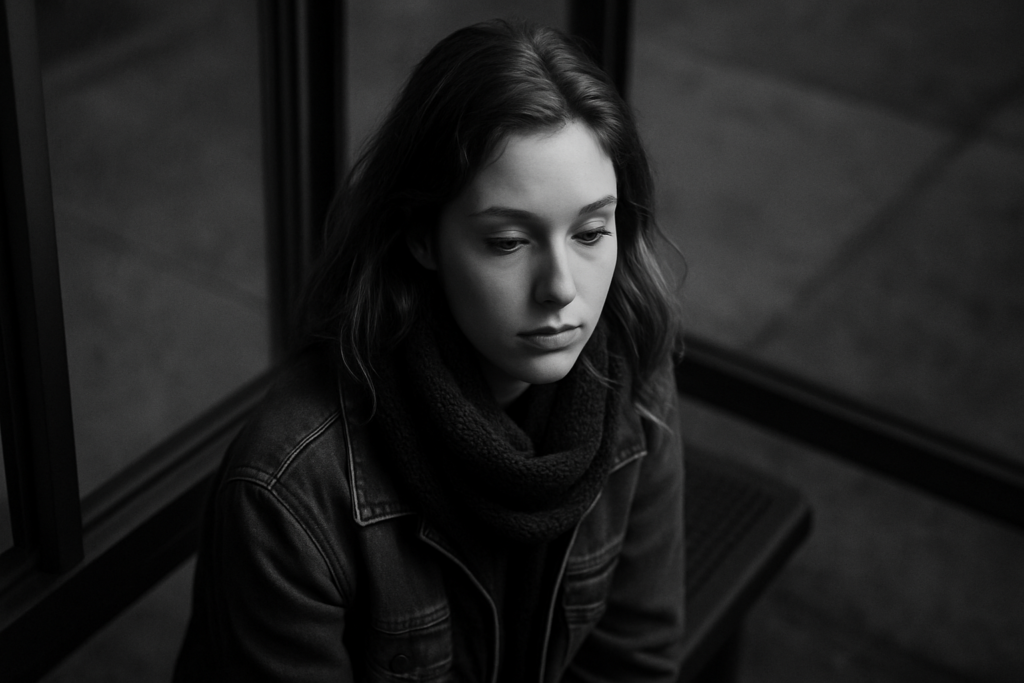Capturing stunning outdoor photos isn’t just about the perfect location or a high-end camera—it’s about understanding and mastering natural light. Light shapes every image, creating mood, depth, and emotion. Without it, even the most picturesque scenes can fall flat.
Understanding Natural Light In Outdoor Photography
Mastering natural light begins with understanding its characteristics and behaviors. The way sunlight interacts with your subject can determine the overall impact of your outdoor photos.
The Importance Of Natural Light
- Natural light shapes the mood, texture, and depth of outdoor photography.
- It serves as the primary source of illumination, eliminating the need for artificial light sources during the day.
- By learning to interpret light, I capture scenes that evoke emotion and highlight intricate details. For example, soft light during the golden hour enhances warmth and brings out subtle colors, while diffused light on cloudy days produces even tones without harsh shadows.
- Understanding these effects transforms ordinary scenes into compelling compositions.
Different Types Of Natural Light
Natural light varies in intensity and quality throughout the day, creating distinct opportunities for photography. Here are key types:
- Golden Hour Light: This occurs shortly after sunrise and before sunset when the sun is low on the horizon. It creates warm tones and elongates shadows, adding drama. I find this light ideal for capturing landscapes and portraits.
- Harsh Midday Light: Midday sunlight is direct and intense. It casts strong shadows and creates high-contrast images. By using shade or adjusting my angle, I refine the image to reduce glare and highlight details.
- Blue Hour Light: This twilight period after sunset and before sunrise features soft, blue-toned light. It works well for capturing serene landscapes and cityscapes.
- Overcast Light: Diffused light on cloudy days eliminates shadows and softens highlights. I leverage this light for balanced exposures and subtle textures.
Techniques For Mastering Natural Light

Mastering natural light transforms outdoor photography, elevating images with depth and ambiance. By adapting to various lighting conditions, you can create captivating photos in any setting.
Golden Hour Photography
Golden hour, shortly after sunrise or before sunset, offers soft, warm-toned light with long shadows. I always prioritize composition during this time to emphasize warmth and depth. Position the subject angled toward the light to enhance texture and natural highlights. Open spaces, such as fields or beaches, work best for showcasing the golden hue. When shooting portraits, I use this light to give skin tones a radiant glow.
Using Shadows And Highlights
Shadows and highlights add contrast, guiding visual attention within your frame. I position subjects to interact with natural shadows, such as those from trees or architectural elements, to build layers and intrigue. For landscape photography, I use shadows created by hills or mountains to accentuate dimension. Highlights illuminate the focal points; by adjusting exposure to retain detail in these areas, you can balance light and dark effectively.
Backlighting And Silhouettes
Backlighting places the light source behind the subject, creating atmospheric effects. With the sun behind my subject, I capture rim light along edges for ethereal qualities. To shoot silhouettes, I expose for the bright background rather than the subject, resulting in striking outlines. Subjects with strong shapes, like trees or people, create dramatic visual impact. Timing and clear framing are essential when working with backlit scenes.
Tools And Accessories For Outdoor Photography
Using the right tools can enhance your ability to work with natural light effectively, making outdoor photography more dynamic and versatile.
Reflectors And Diffusers
Reflectors and diffusers help control natural light to achieve better lighting conditions. Reflectors redirect light onto the subject, brightening shadows, while diffusers soften harsh light to create balanced illumination. For example, I use collapsible reflectors with silver or gold surfaces to change the warmth or intensity of the light. Handheld diffusers are equally useful when shooting under strong sunlight, preventing overexposure and reducing contrast. These tools ensure smoother tones and improved detail retention in challenging lighting.
Choosing The Right Camera Settings
Adjusting camera settings lets you optimize natural light for outdoor photography. I often start by selecting an ISO between 100-400 to minimize noise while ensuring adequate exposure. Using a wide aperture, like f/2.8 or f/4, creates shallow depth of field and isolates subjects. I adapt shutter speed based on available light; for moving subjects, I prioritize faster speeds like 1/1000s, while slower speeds like 1/60s work for still scenes during golden hour. Setting white balance manually also helps correct color tones, especially under changing light conditions such as during blue hour or overcast weather.




